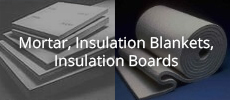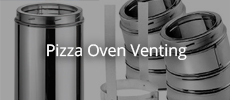I'm not interested in resurrecting the topic of using red commons in ovens, if that's what someone wants to do, that's their decision. I only wanted to show an example of what can happen if you use reds that are not compatible.
This picture was posted by a friend in a professional forum. As you can see, the box was built using the same red commons as the surround. It is badly spalled and it was totally replaced with firebrick -click for close up. A firebox doesn't receive the same thermal exposure as an oven...and it wrecked the brick. I've seen this before ( never took pics ) in fireplaces and in a couple cases, some of the historic beehives I have restored. Interestingly, none of the beehives are 'reds' but resemble salmon brick, which are fired at a lower temp. They are closer to what was use in the ancient brick ovens in Europe. But those bricks with the same qualities are not readily available today, and 9 out of 10 times, 'Red' brick is designed for cavity wall veneer...vitrified to enhance resistance to water intrusion.
How do you know if the reds you choose are compatible with oven building? You don't, or can't by observation in most cases. It was said that an oven is an investment in time and resources. That is true. It is understood that reds may be the only option for some. It is also true that some reds may survive for years in an oven application. But it is not optimal ( and this is different than 'best practice' too) if you do not know what the reds are comprised of and how they are fired, then you should not use them if at all possible.
That is the point of my earlier comments...not if you should use them or if they will possibly work.
That is all......





 .
.
Leave a comment: